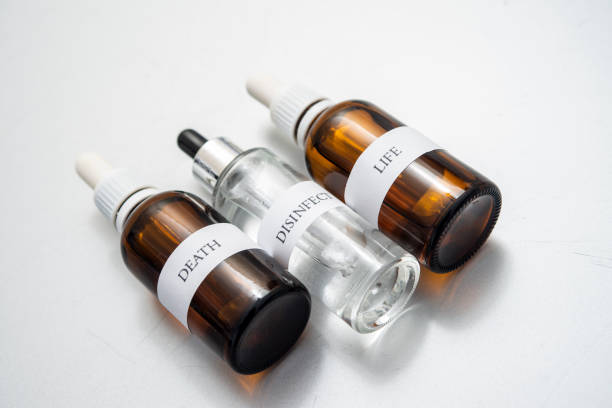In a world inundated with images and narratives dictating what is deemed sexually attractive or beautiful, the scope of acceptance often narrows to fit within the confines of societal constructs. These constructs, perpetuated by media, culture, and even interpersonal interactions, foster unrealistic ideals that limit individual expression and diversity. The consequences of such narrow visions are profound, impacting self-esteem, relationships, and societal perceptions. In this exploration, we delve into the roots of these narrow visions, their manifestations, and the imperative of breaking free from their chains.
At the core of narrow visions of sex and beauty lies the commodification of human bodies. In capitalist societies, bodies are often reduced to marketable commodities, subjected to scrutiny and valuation based on arbitrary standards. The media, including advertising, films, and social media, play a significant role in perpetuating these standards, portraying a homogeneous ideal that excludes vast swaths of humanity. From airbrushed magazine covers to digitally altered Instagram posts, the images presented as aspirational are often unattainable without extensive manipulation or conformity to narrow norms.
Moreover, cultural influences shape perceptions of sex and beauty, reinforcing particular ideals while marginalizing others. Eurocentric beauty standards dominate global discourse, marginalizing diverse racial and ethnic identities. Features such as fair skin, slim figures, and certain facial characteristics are exalted, while deviations are stigmatized. This not only erases the beauty inherent in diversity but also perpetuates harmful stereotypes and prejudices.
Gender also plays a pivotal role in defining narrow visions of sex and beauty. Traditional gender roles prescribe specific expectations for appearance and behavior, perpetuating binaries that confine individuals within restrictive boxes. Women are often objectified and valued primarily for their physical appearance, while men are pressured to conform to ideals of muscularity and dominance. Non-binary and gender non-conforming individuals face even greater challenges, navigating a landscape that denies their very existence or reduces them to caricatures.
The consequences of these narrow visions are far-reaching, impacting individuals on both personal and societal levels. Self-esteem is profoundly affected, as individuals internalize the message that they are inadequate unless they conform to societal norms. Body dysmorphia, eating disorders, and depression are rampant among those who feel they fall short of these unattainable standards. Relationships suffer as well, as individuals may struggle with intimacy and acceptance, fearing rejection based on their perceived flaws.
Furthermore, societal perceptions are distorted, perpetuating harmful stereotypes and inequalities. Marginalized communities bear the brunt of these distortions, facing discrimination and systemic barriers based on their perceived deviation from the norm. Representation in media and popular culture matters, as it shapes not only individual self-perception but also societal attitudes towards diversity and inclusivity.
Breaking free from the chains of narrow visions requires a multi-faceted approach that addresses both individual and systemic factors. First and foremost, promoting self-acceptance and self-love is essential. Encouraging individuals to embrace their uniqueness and reject unrealistic ideals fosters resilience and empowerment. Education also plays a crucial role, challenging narrow norms and promoting critical thinking about media representation and cultural stereotypes.
Furthermore, diversifying representation in media and popular culture is imperative. Amplifying diverse voices and experiences not only broadens the scope of beauty but also challenges entrenched power structures. Inclusive advertising campaigns, diverse casting in films and television, and representation in literature and art all contribute to a more expansive and inclusive vision of sex and beauty.
Additionally, advocating for policy changes that promote body positivity and inclusivity is essential. Implementing regulations on advertising and media to discourage harmful portrayals of bodies and promoting diversity in hiring practices can help dismantle the systems that perpetuate narrow visions. Education curriculums should include discussions on body image, gender identity, and cultural diversity to foster understanding and empathy from an early age.
Ultimately, breaking free from narrow visions of sex and beauty requires collective action and a commitment to challenging entrenched norms. It involves recognizing the inherent worth and beauty of every individual, regardless of how closely they conform to societal ideals. By embracing diversity and rejecting harmful stereotypes, we can create a world where all bodies are celebrated, and all individuals are valued for who they are, not how they look. Only then can we truly break free from the chains of societal constructs and embrace a more inclusive and equitable vision of sex and beauty.



